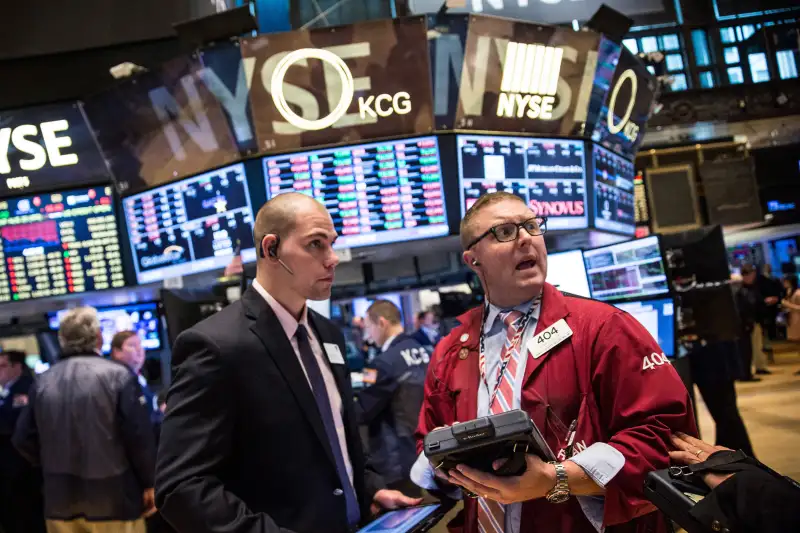The Dow's 358-Point Drop Was Rough, But Here Are The Bigger Losers
Money is not a client of any investment adviser featured on this page. The information provided on this page is for educational purposes only and is not intended as investment advice. Money does not offer advisory services.

The big news on Wall Street Thursday was that the same global shocks that sent Chinese stocks and crude oil prices reeling have now pushed the U.S. market fully into the red.
After yesterday's 358-point slide, the Dow Jones Industrial Average is down nearly 5% for the year while the Standard & Poor's 500 index is off about 1%.
Yet that's nothing compared to some of the losses that have gone somewhat unnoticed in key segments of the stock market.
For instance, biotechnology shares, which had been the darlings of this bull market for more than four years, have now sunk around 12% in just the past month. This means that biotech stocks are officially in a "correction," which refers to a 10% or greater drop in a relatively short period of time. And biotechs aren't the market's only soft spot:
* The basic materials sector is off more than 15%.
* Media stocks are down more than 13%.
* Real estate investment trusts are down about 10%.
* The industrial sector has fallen nearly 9%.
Meanwhile, the so-called better burger bubble has officially burst. Earlier in the year, fast casual burger chains vying for the hearts and wallets of millennials, saw their shares soar. Yet after Thursday's market slide, Shake Shack shares are now off more than 45% from their recent highs while The Habit Restaurants is down around 30%.
So what, if anything, should you do?
#1) Don't overreact.
Yes, the economic slowdown in China, coupled with that country's stock crash, could have spillover effects in the U.S. Still, it's important to remember that Chinese equities represent less than 5% of most international stock fund's assets.
Also, keep in mind that the U.S. market experienced similar tumult in the summer and fall of 2010, 2011, 2013, and 2014 — and investors who walked away then left a lot of money on the table.
#2) If you are a stock picker, steer clear of expensive investments.
What do many of the losing areas of the market in this downturn have in common?
Prior to the selloff, biotech shares, REITs, and fast casual restaurant stocks were among the most richly valued areas of the market. But with recent fears over the global economy, investors are clearly wary of taking risks with highly priced investments.
#3) Consider a lean toward high-quality stocks.
In fact, "owning a high quality stock just may improve the quality of your sleep" in these volatile times, says Sam Stovall, U.S. equity strategist for S&P Capital IQ.
Quality does not just mean big. More than 60 companies in the S&P 500 index of large blue chip U.S. stocks, in fact, are down than 20% so far this year, which means they're technically in a bear market. Among this group are well-known names such as Viacom , Whole Foods , Hewlett-Packard , Yahoo , Walmart .
Rather, quality refers to companies with stable earnings and reliable revenue and profit growth. You can invest in them through a fund such as PowerShares S&P 500 High Quality ETF .
The fund holds many stocks that fell less than the broad market on Thursday, such as Lockheed Martin , Johnson & Johnson , Colgate-Palmolive , and CVS Health .
Another way to get at such stocks is through the SPDR S&P Dividend ETF , which only holds companies with a strong enough balance sheet to have boosted dividends for at least 20 consecutive years.
